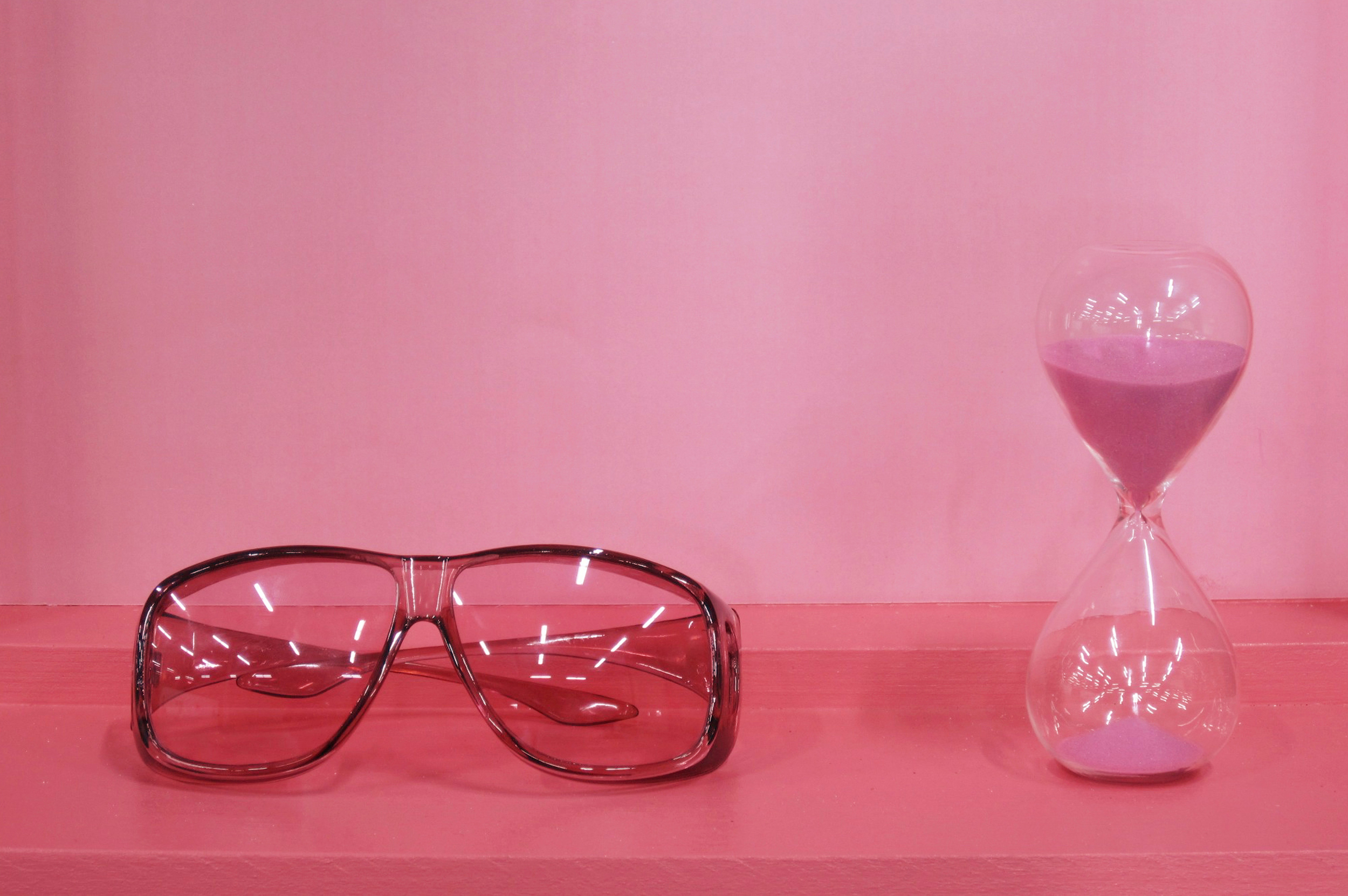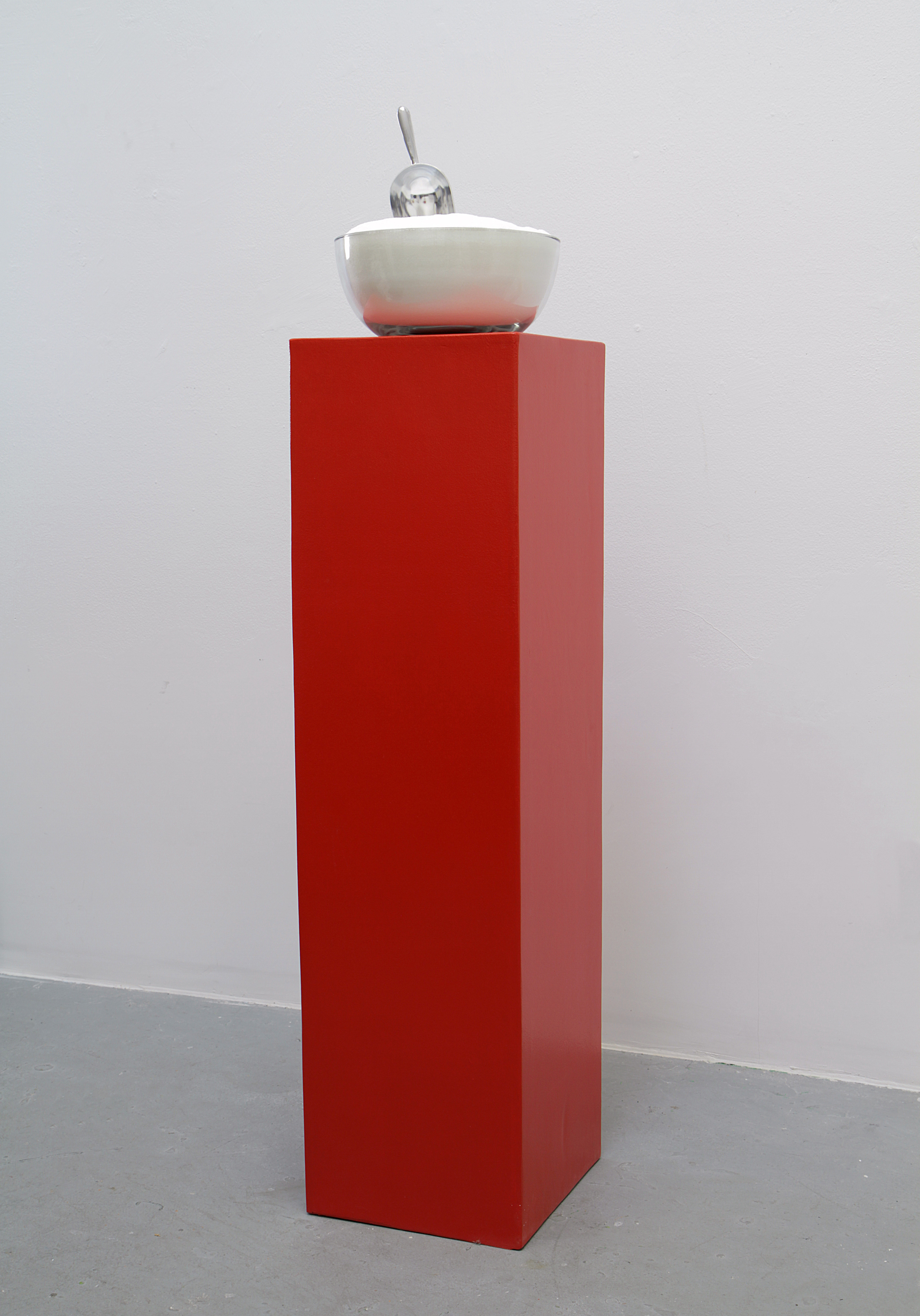



Appetite Apparatus is an interactive sculptural project by Christopher Reynolds that investigates the complex relationship between food, sensory perception, and biological manipulation. While food and consumption are often considered inherently communal experiences, this body of work shifts the focus to the personal, physiological, and psychological mechanisms that shape individual appetites and behaviors.
Drawing on the pervasive influence of advertising, package design, and chemical food additives, Appetite Apparatusexamines how external forces consciously—and more critically, subconsciously—condition consumers to indulge in, or abstain from, particular foods. Whether through the suggestive use of color in marketing or the strategic deployment of flavor enhancers such as Monosodium Glutamate (MSG), modern food systems exploit biological responses to manipulate desire and consumption patterns.
The series features a collection of deceptively simple sculptural apparatuses that critically engage with the marketing of processed foods and the everyday realities of consumer culture. Appetite Apparatus #1 (Baker-Miller Pink, Suppressant)serves as a central example: a wall-mounted installation presenting an 18 x 24 inch framed poster coated in the exact Pantone shade of Baker-Miller Pink—a color scientifically proven to suppress aggression and appetite. Mounted before the poster is a small shelf holding weight-loss color therapy glasses, tinted in the same shade, alongside a fifteen-minute timer.
Participants are invited to don the glasses and fix their gaze upon the pink field for the full fifteen minutes, during which a subtle but measurable biological shift occurs: appetite diminishes. Through this interactive encounter, Reynolds highlights the powerful yet often invisible ways that external stimuli can reprogram the physiology of the senses and the brain.
In offering viewers a rare opportunity for physical alteration through visual and temporal engagement, Appetite Apparatuschallenges participants to reconsider how food marketing strategies, sensory manipulation, and subconscious conditioning shape everyday consumption habits. Beyond the immediate experience, the work proposes that these interventions may fundamentally alter the way individuals interact with food—and, by extension, with each other—long after they have stepped away from the installation.